- Home
- international
- news
- The true story behind Hulu's new crime drama, 'Boston Strangler,' a serial killer who likely murdered 13 women in the 1960s without leaving a sign of struggle
The true story behind Hulu's new crime drama, 'Boston Strangler,' a serial killer who likely murdered 13 women in the 1960s without leaving a sign of struggle
James Pasley

- In the early 1960s, Boston was terrorized by a string of murders. The victims were all women and were often strangled to death.
- In 1964, while in prison on unrelated rape charges, a man named Albert DeSalvo confessed to all of the murders.
For two years in the 1960s, Boston was terrorized by a series of brutal murders.
All of the 13 victims were women, they were usually strangled, there was never a sign of a struggle and it often took place during the day. Bostonians were terrified. Women bought guard dogs, moved houses, and set up telephone check-ins to ensure they were safe.
Eventually, a special police squad was launched to hunt for suspects. It was the region's most intensive investigation ever, but it wasn't just law enforcement that ended the search.
While in prison on unrelated rape charges, a man named Albert DeSalvo confessed to all of the murders. DNA evidence later tied him to at least one murder, but many people still don't believe he was responsible for all of the killings.
During a hot Boston summer in 1962, a few local newspapers noted the murder of a 55-year-old woman named Anna Slesers on June 14. The articles were short. It was a tragedy, but tragedies like this were not rare in big cities like Boston.
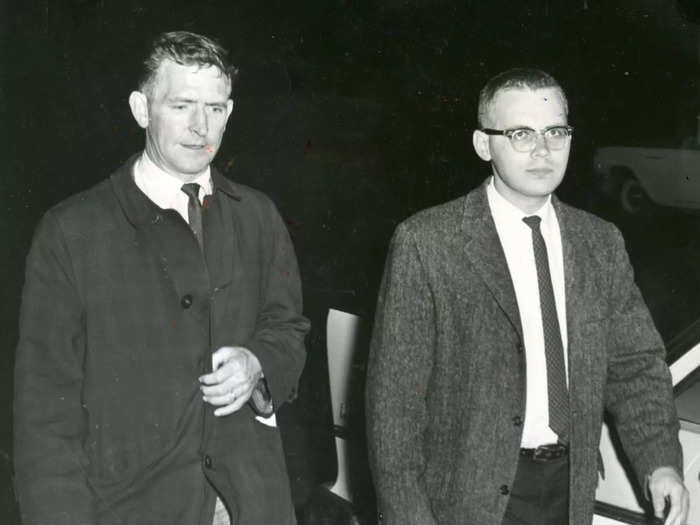
This was a period when people left their front doors unlocked and the term "serial killer" was yet to be coined.
Sources: Chicago Tribune, Independent, Cape Cod Times
Two weeks later, a second victim — an 85-year-old woman named Mary Mullen — was discovered dead in her home on June 28. Her cause of death was deemed a heart attack.
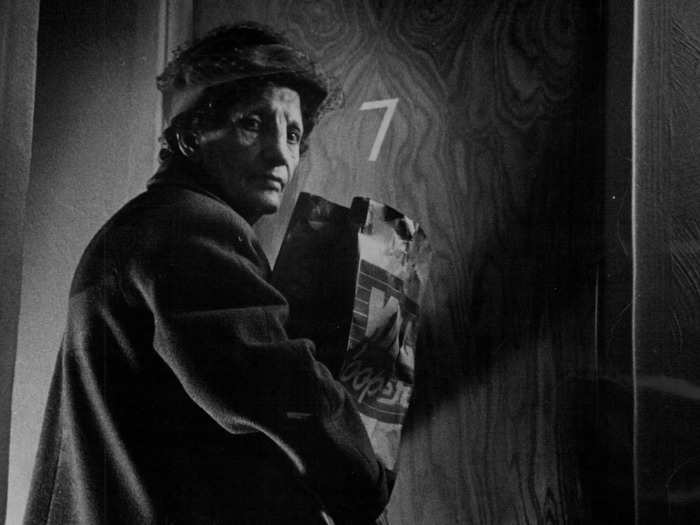
Later, Albert DeSalvo would tell police that she died in his arms, and police speculated she must have died from fright.
It was still too early for people to draw any connection between the deaths.
Sources: Independent, Boston Globe, Chicago Tribune
On June 30, a third and fourth victim were found. Nina Nichols, 68, received more news coverage given her relation to the president of the Boston Bar Association.

The other victim was a 65-year-old named Helen Blake, who lived in Lynn, Massachusetts, about 15 miles north of Boston.
Both had a stocking twisted around their neck when they were found.
Sources: Independent, Boston Globe, Chicago Tribune, Cape Cod Times
A pattern had begun to emerge. Boston Police Commissioner Edmund McNamara told women to lock their doors and not let any strangers inside.
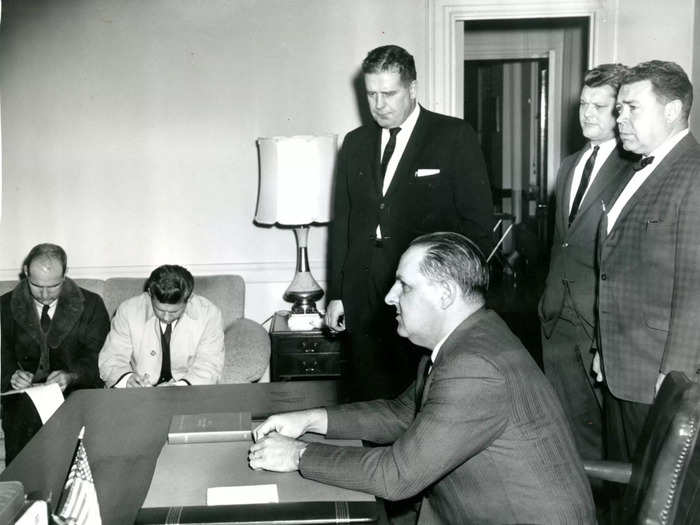
Sources: Smithsonian Magazine, Cape Cod Times
But the murders continued, and women in Boston were terrified. They bought locks and guard dogs. They moved in with others and carried hatpins to protect themselves.
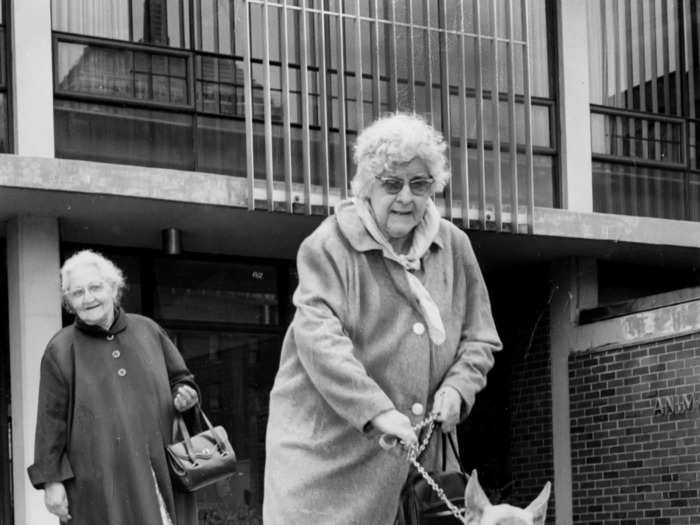
They set up telephone check-ins with family members to make sure everything was okay through the night.
Criminologist and writer Erle Stanley Gardner, best known for creating the TV show "Perry Mason," described the city's panic for The Atlantic in 1964.
One woman told him: "What do you do about the door when you enter? You look in the closets, under the bed, and in the bathroom. If a man is in there, you want to be able to run out screaming for help. Therefore, you should leave the door open."
"But if you leave the door open while you are making a search what is to prevent the Strangler from following you in and standing between you and your means of escape when you first see him?" she said, according to Gardner.
Sources: The Atlantic, The Guardian, Chicago Tribune
By September 1962, the Boston police department had 150 detectives working the case. The police recognized a pattern that the victims were all women. The strangler appeared to be invited in, and the murders mostly happened in daylight.
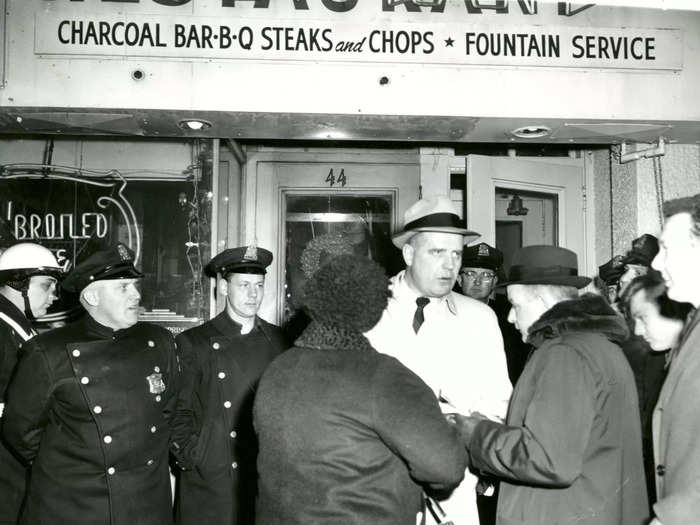
There was also never a sign of struggle, and no one reported hearing any victim scream.
Sources: The Atlantic, Boston.com
The murderer was thought to be targeting elderly white women, but in December 1962, a 20-year-old African American student named Sophia Clark was found dead.
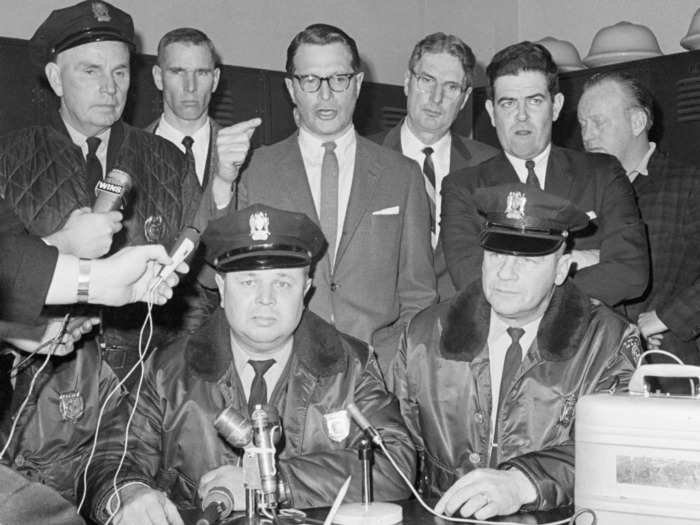
Sources: Smithsonian Magazine, Boston Globe
Authorities feared whoever was responsible was getting bold — they had seemingly changed their targets, and for the first time, the suspect had left semen behind.
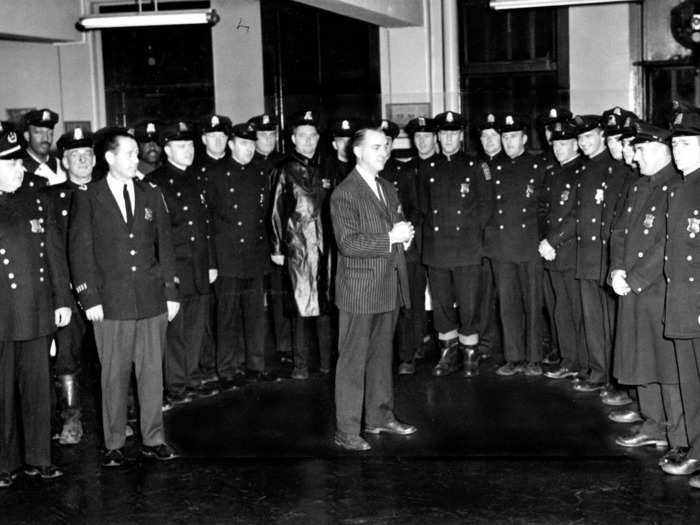
The Boston Globe described the suspect as "the phantom strangler" and noted that the killing had occurred in the same location as the first killing, indicating either a "macabre coincidence or the perverse irony of a warped mind."
On New Year's Eve, another victim, a 22-year-old woman named Patricia Bissette, was found murdered.
Sources: Smithsonian Magazine, Boston Globe
In January 1963, the Boston Record American published an article written by two female reporters named Loretta McLaughlin and Jean Cole, titled "Two Girl Reporters Analyze Strangler." The article went into minute detail about the killings.
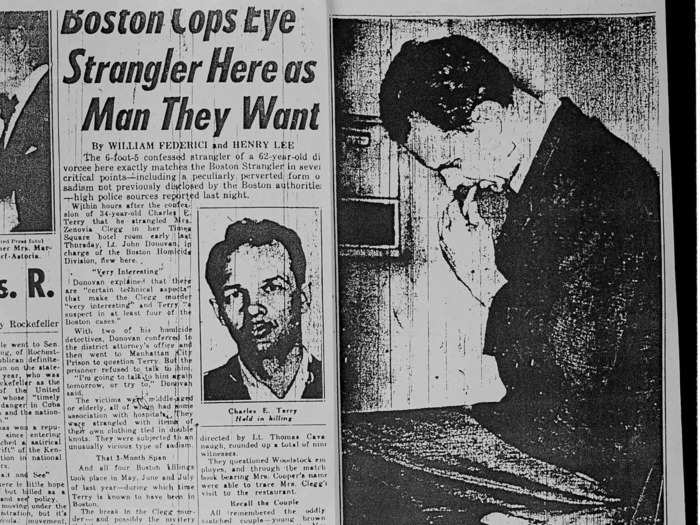
They drew connections between the murders and published several details that until then had not been revealed to the public.
They hypothesized that the killings were done by a single man.
By February 1963, the pair had published 29 articles. They were taken off the job due to a mixture of politics from the paper's management and pressure from external forces.
Sources: Smithsonian Magazine, The Guardian
Casey Sherman, who wrote "A Rose for Mary: The Hunt for the Real Boston Strangler," told the Smithsonian Magazine: "If you despised a woman in the 1960s, you had a blueprint on how to commit a Boston Strangler-style murder, because all of the grisly details were printed."
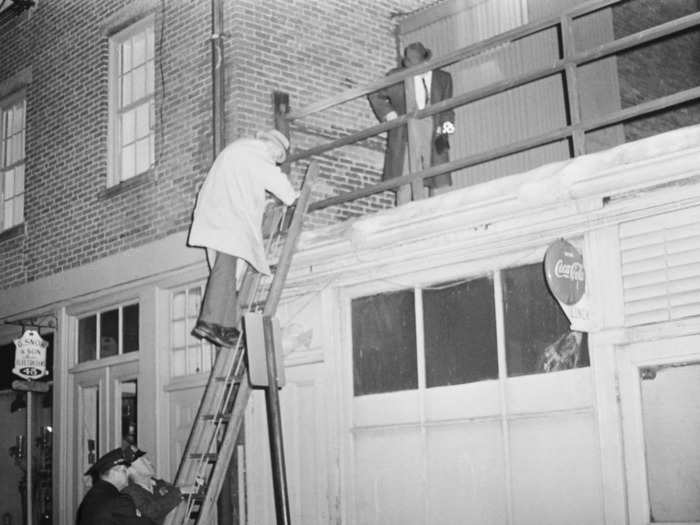
Sherman, who was McLaughlin's nephew, told The Guardian that his aunt coined the term the "Boston Strangler" because unlike the "Silk Stocking Strangler" or the "Phantom Fiend," it fit a headline.
He said the media was responsible for promoting the idea that there was only one killer on the loose — "a Jack the Ripper-type character resurrected to stalk the women of Boston."
"But that really wasn't the case," he said.
He said several suspects were working independently, using details printed in the newspaper.
"A story about a serial killer certainly would sell more newspapers than stories about copycats who were committing murders for their own agenda," he said.
Sources: Smithsonian Magazine, The Guardian
The murders continued. This was the apartment where a 26-year-old woman named Beverly Samans was found murdered in May 1963.
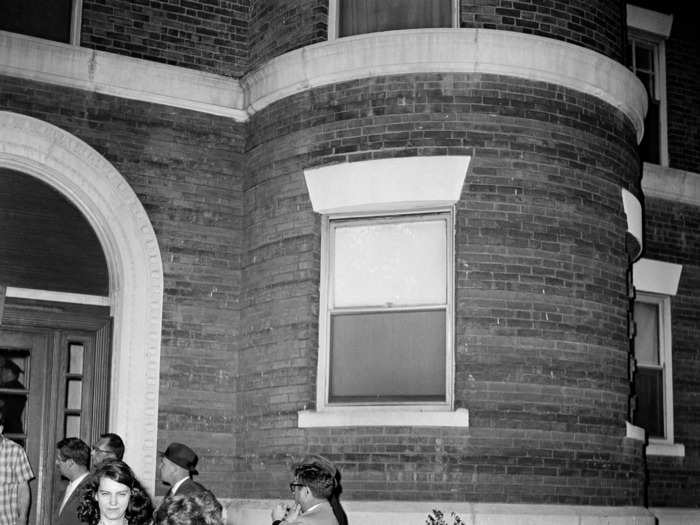
By January 1964, there had been 13 killings that could be connected to the Boston Strangler.
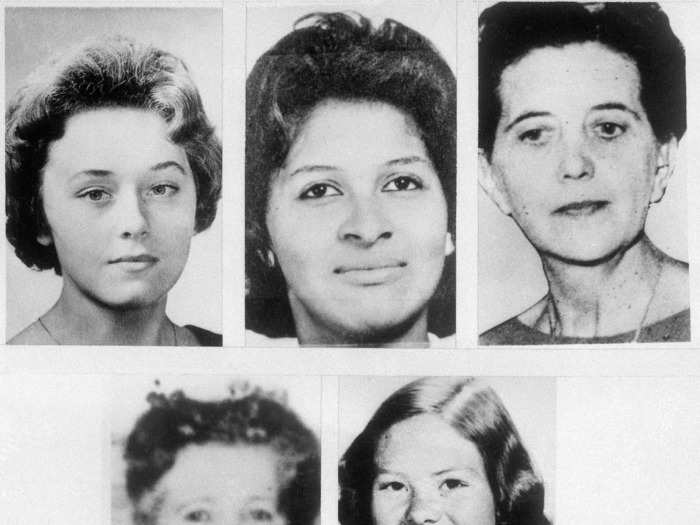
Sources: The Atlantic, Boston Globe, Cape Cod Times
The last murder victim was Mary Sullivan found on January 4, 1964.
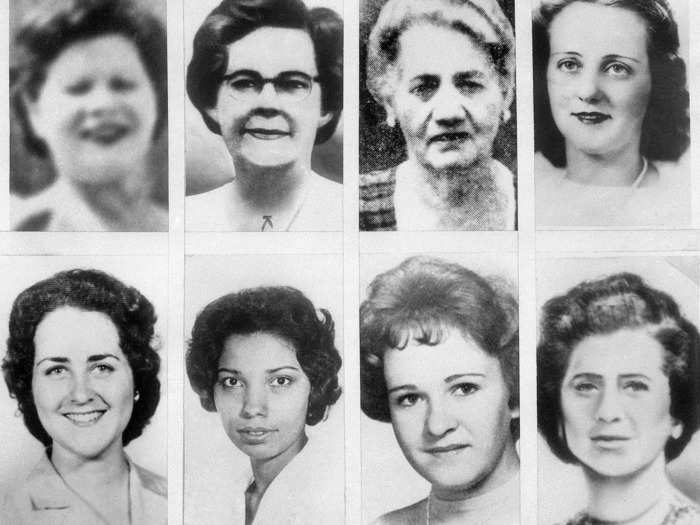
Sources: The Atlantic, Boston Globe, Cape Cod Times
A few weeks after her death, Attorney General Edward Brooke took things into his own hands. He launched a special unit of 50 officers called the "Strangler Bureau."
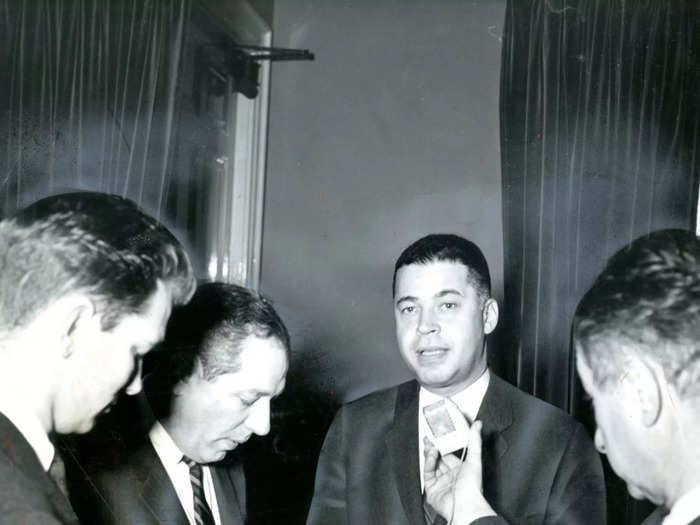
Sources: Vanity Fair, Smithsonian Magazine
The unit investigated about 5,000 people, interviewed 300 sex offenders, and looked through 500,000 fingerprint files.
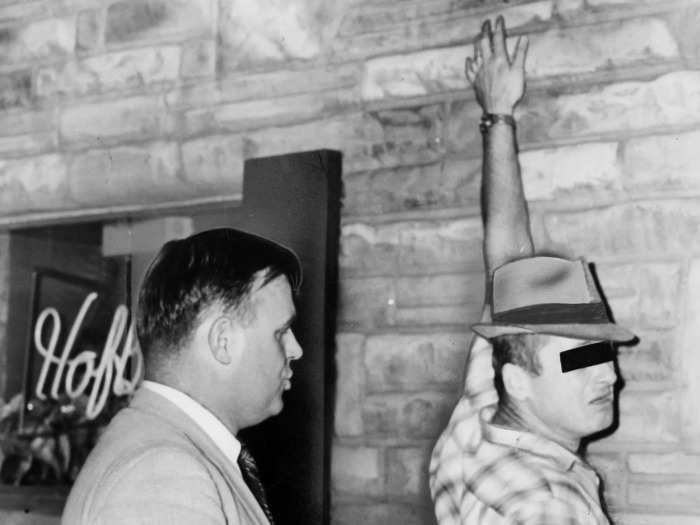
Sources: Vanity Fair, Smithsonian Magazine
It was the region's most intensive investigation ever — and yet they came up with nothing. All the while, investigators weren't sure that they were dealing with one murderer. They thought it was likely there was at least one copycat killer involved.
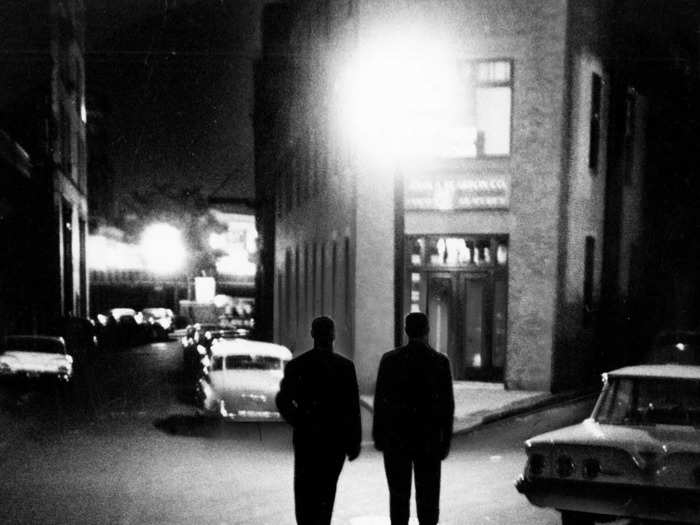
Sources: The Atlantic, The Guardian, Vanity Fair
In a seemingly unrelated development in November 1964, police arrested a 33-year-old man named Albert DeSalvo. He had conned his way into a woman's home by pretending to be a handyman before raping her.
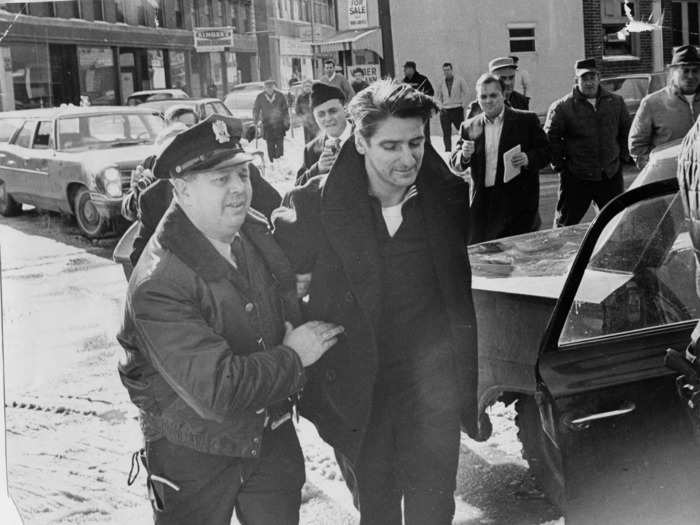
Sources: The Atlantic, The Guardian, Boston Globe, Smithsonian Magazine
DeSalvo had been abused as a child and was in and out of prison since he was a teenager. He later spent nine years serving in the US army. He was a middleweight boxing champion in Europe.
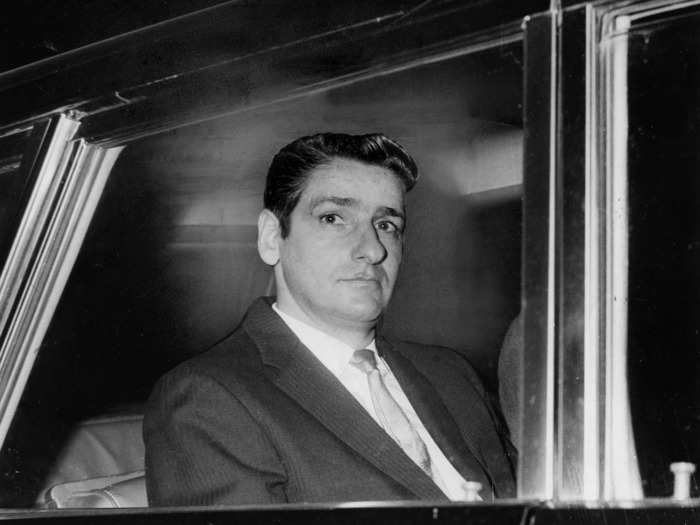
Sources: The Atlantic, The Guardian, Boston Globe, Smithsonian Magazine
DeSalvo was charged with assault, burglary, and sexual assault. Before his trial, he was mentally evaluated in a prison center when he met another inmate named George Nassar.

Nassar was convicted of brutally murdering a gas station worker.
According to Nassar, the pair used to walk together through the prison center while DeSalvo recounted all of his crimes in gory detail.
Later, Nassar arranged a meeting between DeSalvo and his lawyer, a man named F. Lee Bailey, who would go on to become famous for defending OJ Simpson.
Sources: Chicago Tribune, Tampa Bay Times, Smithsonian Magazine
After hearing DeSalvo's confession, Bailey told authorities that they had found the Boston Strangler.
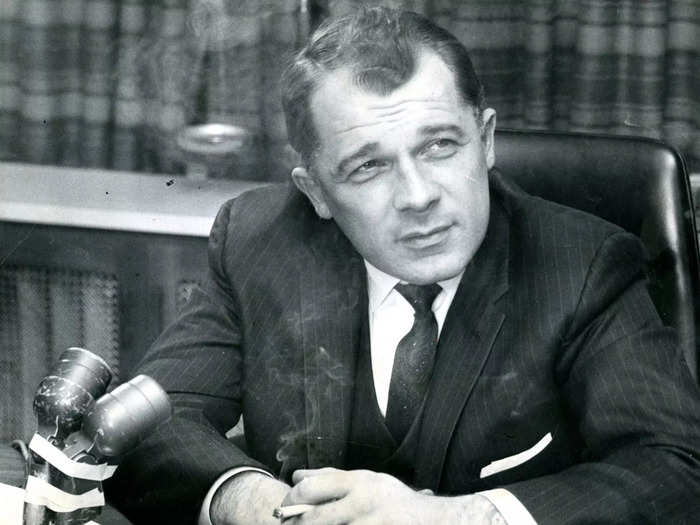
Sources: Chicago Tribune, Tampa Bay Times, Smithsonian Magazine
Some were skeptical about his confession. People thought he wanted to become famous for the murders and use it to make money by selling a book or a movie.
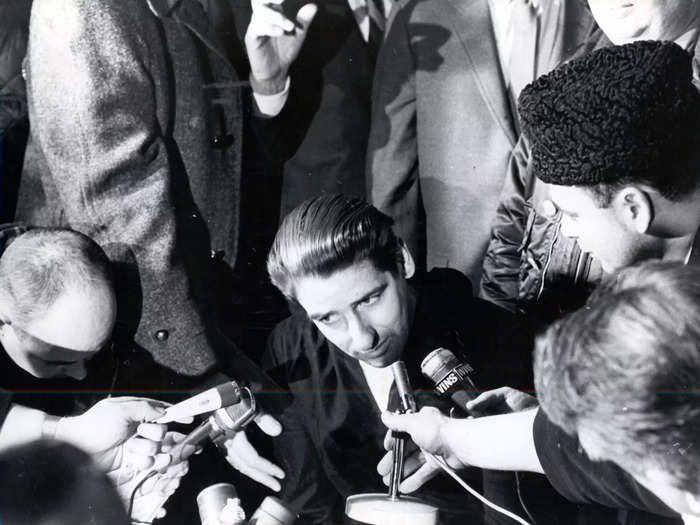
But according to the Chicago Tribune, DeSalvo told the police about the victims, their belongings, their apartments, and their furniture — details that no one else could have known.
Before he confessed, he also asked the prison psychiatrist a strange question about how society might react to a person who was thought to have destroyed 11 bridges when he had actually destroyed 13.
The psychiatrist explained what he believed his question meant.
"In the human anatomy, the neck is a bridge, the connection between a center of great activity, the brain, and the outlying body," he said. "What DeSalvo was saying was that he had destroyed 13 people — the women — by destroying their necks.''
According to The Daily Beast, although many people point to the details DeSalvo got wrong, investigators were shocked by how much of it he had remembered since he was presumed to have raped hundreds of women in their homes.
Sources: Cape Cod Times, Chicago Tribune, Daily Beast
Despite all of this, there was no physical evidence that tied him to any of the murders.
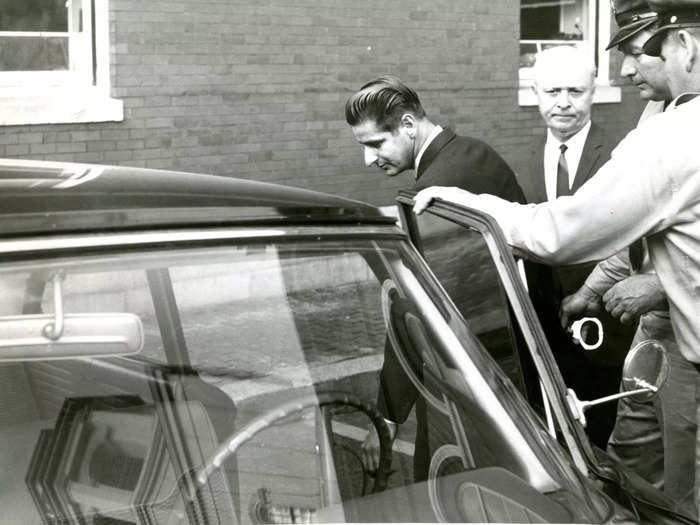
Source: Smithsonian Magazine
On June 30, 1966, DeSalvo appeared in court to determine whether he could stand trial for the unrelated rape charges, but the public believed that the man before them was the Boston Strangler.
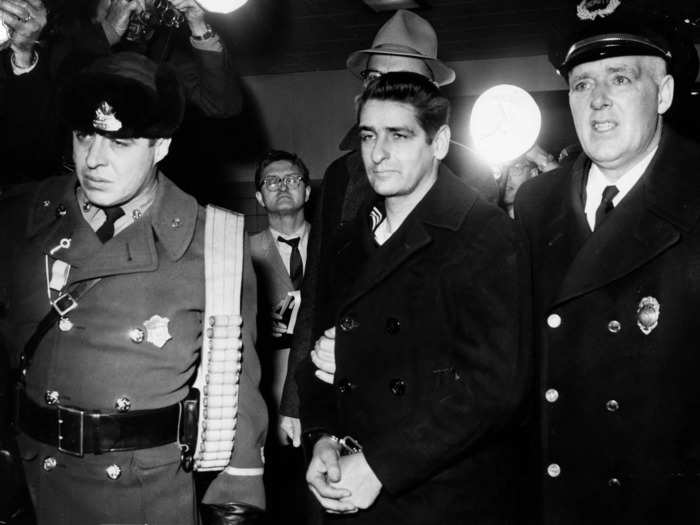
Source: Chicago Tribune
DeSalvo was later sentenced to life in prison for his rape crimes, but not for the murders. But because of his confession and his familiarity with the details of the murders, the case was still considered closed.
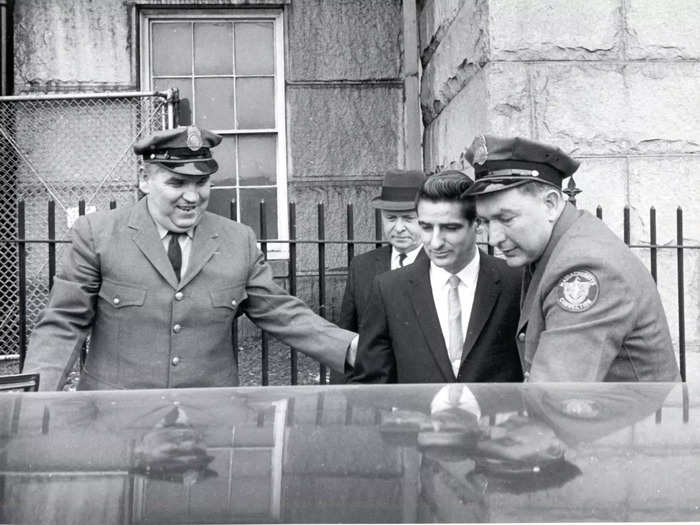
Sources: Washington Post, Chicago Tribune
DeSalvo never faced a trial related to the Boston Strangler murders, and other than briefly escaping from jail in 1967, he never got out of prison. In 1973, he was killed by another inmate shortly after he took back his confession.
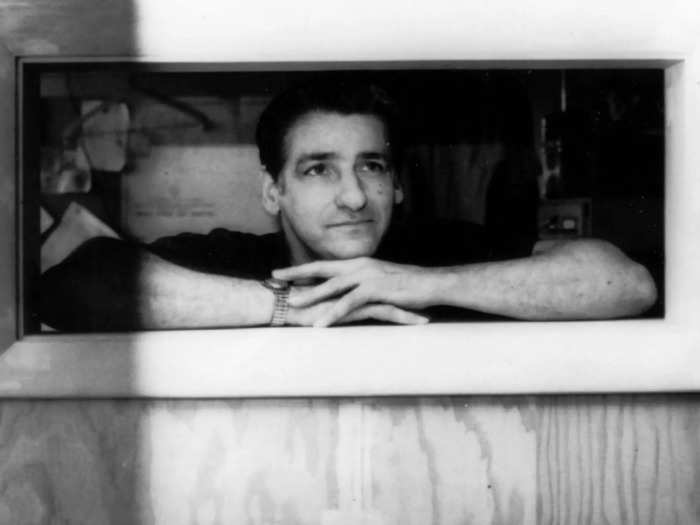
Source: Smithsonian Magazine
But in 2013, DNA testing linked DeSalvo to Mary Sullivan, the last woman who was murdered. "We may have just solved one of the nation's most notorious serial killings," Massachusetts Attorney General Martha Coakley said.
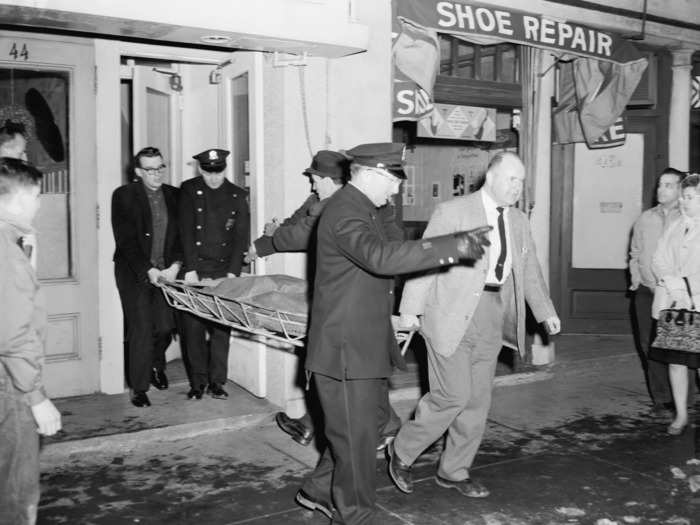
Sources: Smithsonian Magazine, Boston.com, The Guardian
Even so, some people still didn't believe DeSalvo was responsible for all of the murders. For instance, Susan Kelly who wrote the 1995 book, "The Boston Stranglers," believes there were at least six murderers.
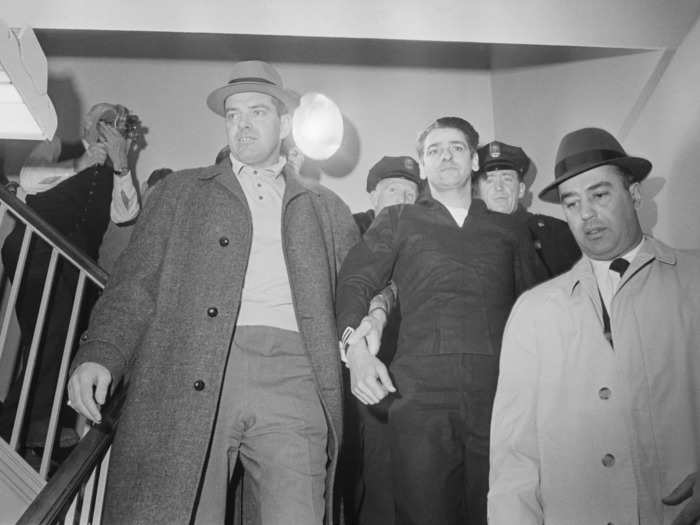
In the documentary "Boston Strangler Revisited," Thomas Troy, one of DeSalvo's lawyers, said F. Lee Bailey had cut a deal to publicize his confession to end the city's terror as long as it was never used in court.
"The Strangler's alive and well somewhere, and it's not Albert DeSalvo," Troy said.
But Phil DiNatale, the Strangler Bureau's lead investigator, said during the documentary it was DeSalvo.
"To this day, people say that he isn't — for what reason, I don't know," he said. "They can say that he isn't in one sentence, but I can produce document after document for days and days and show you that he is."
Sources: Smithsonian Magazine, Boston.com, The Guardian
Popular Right Now
Advertisement